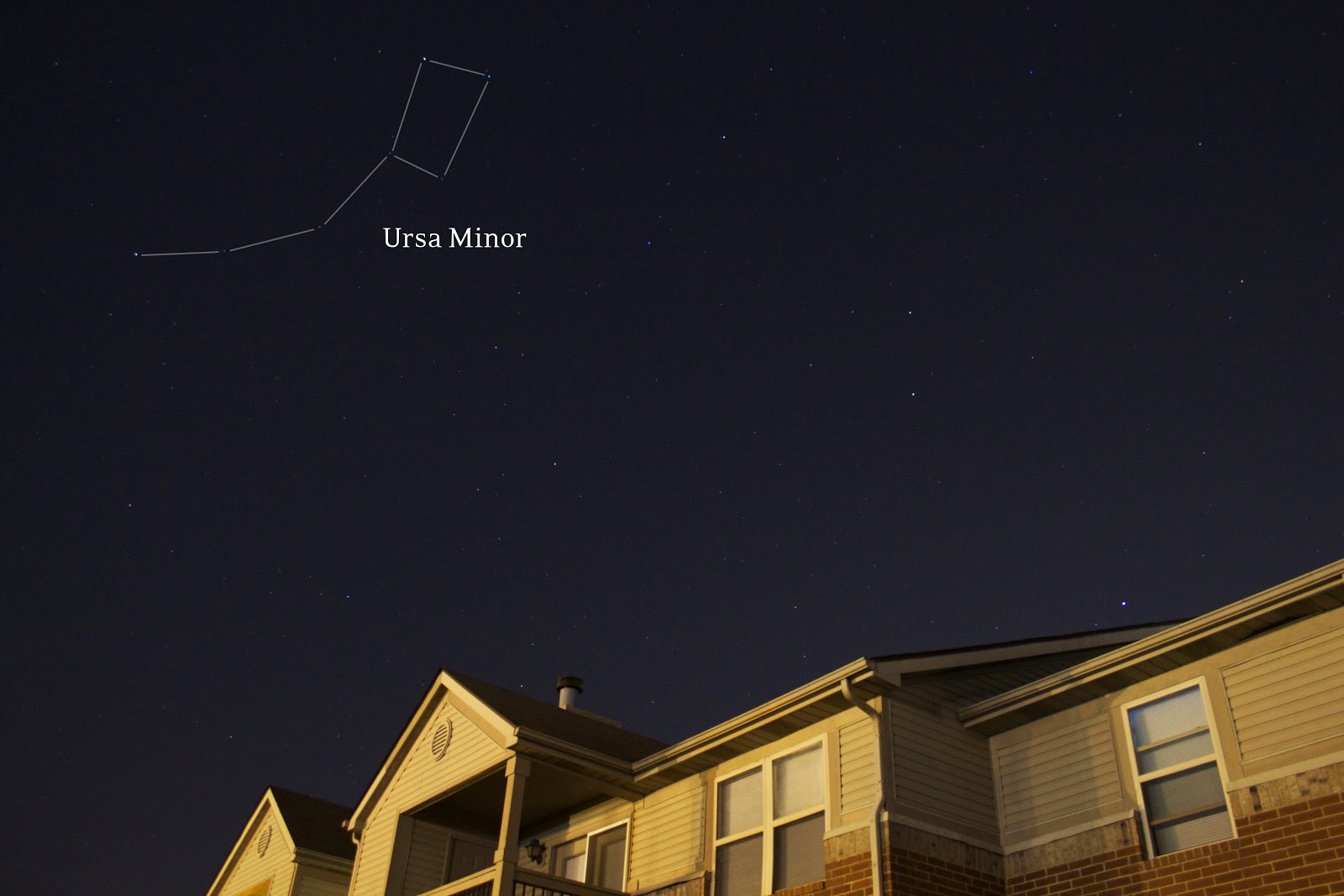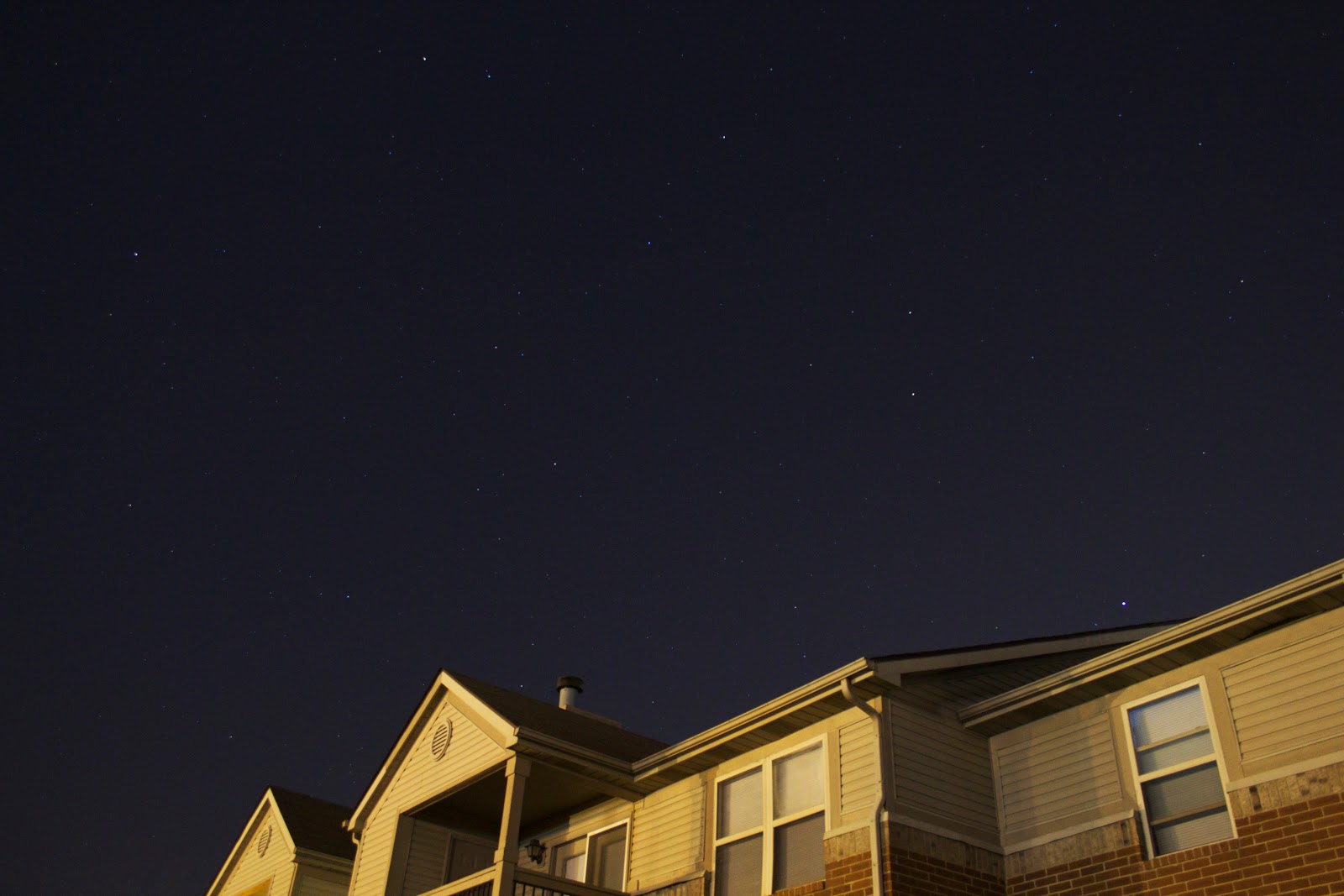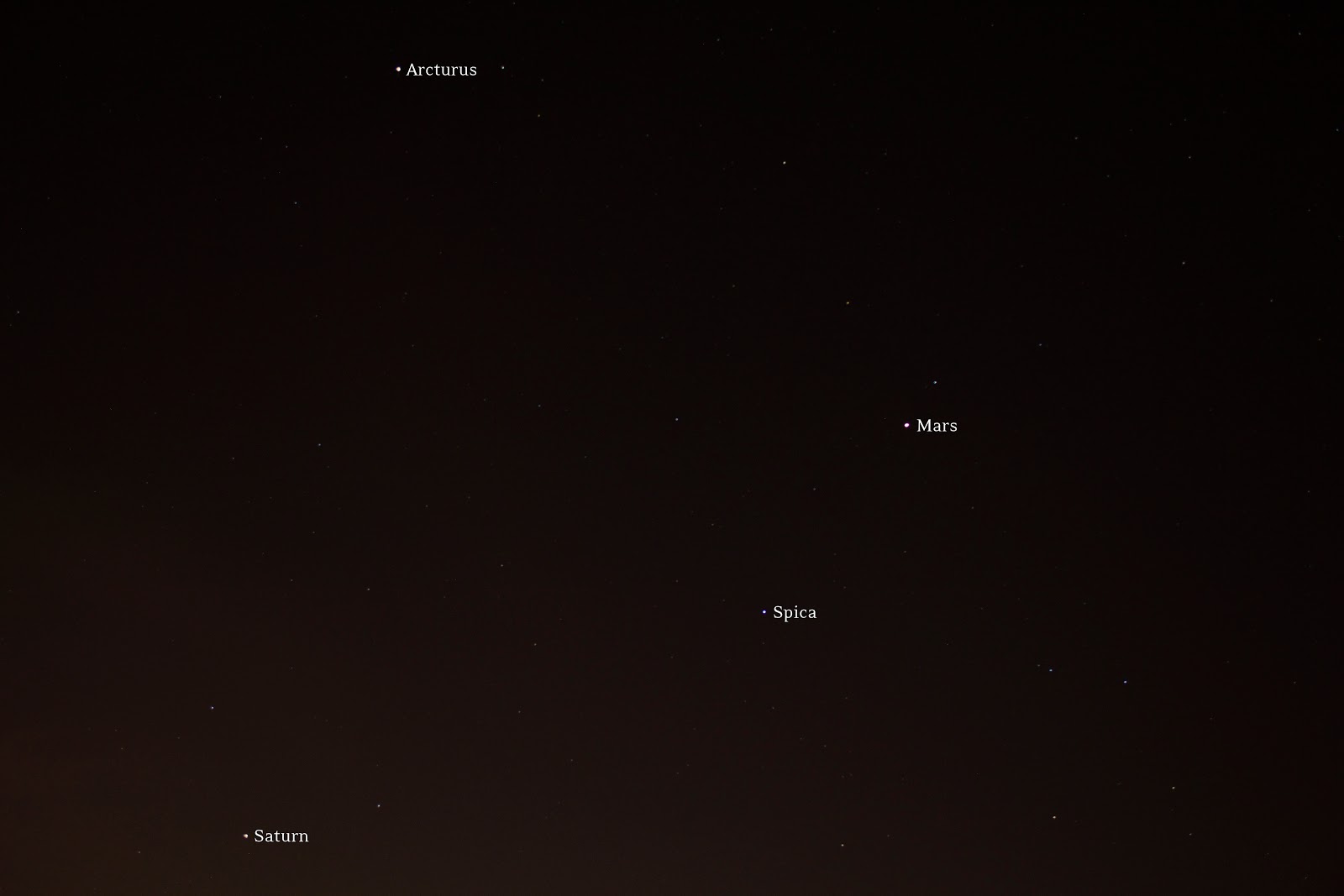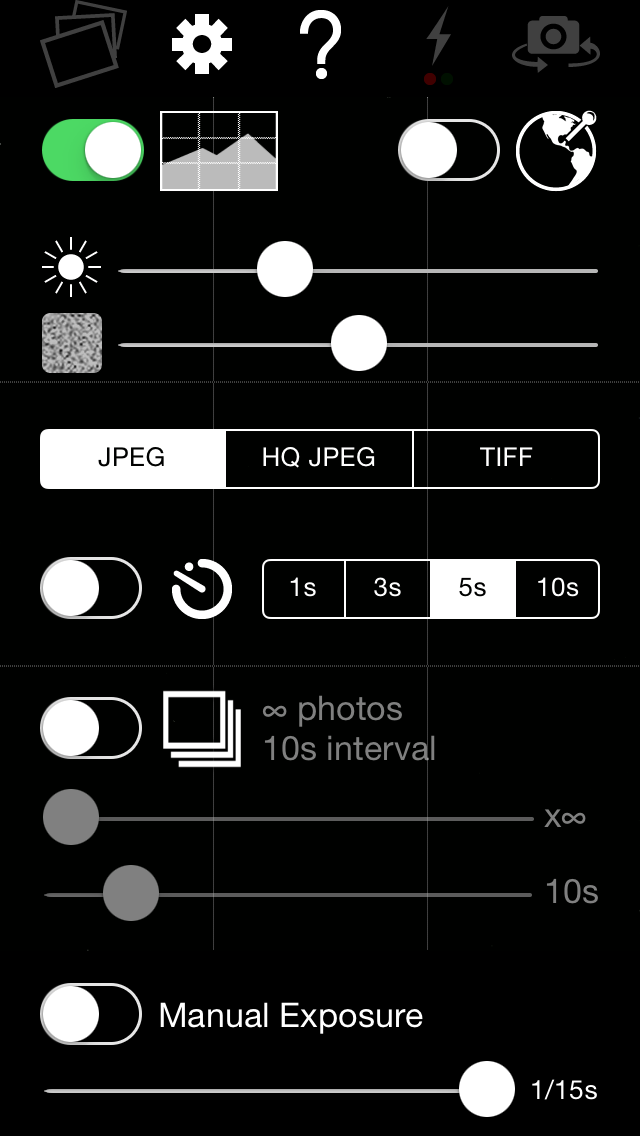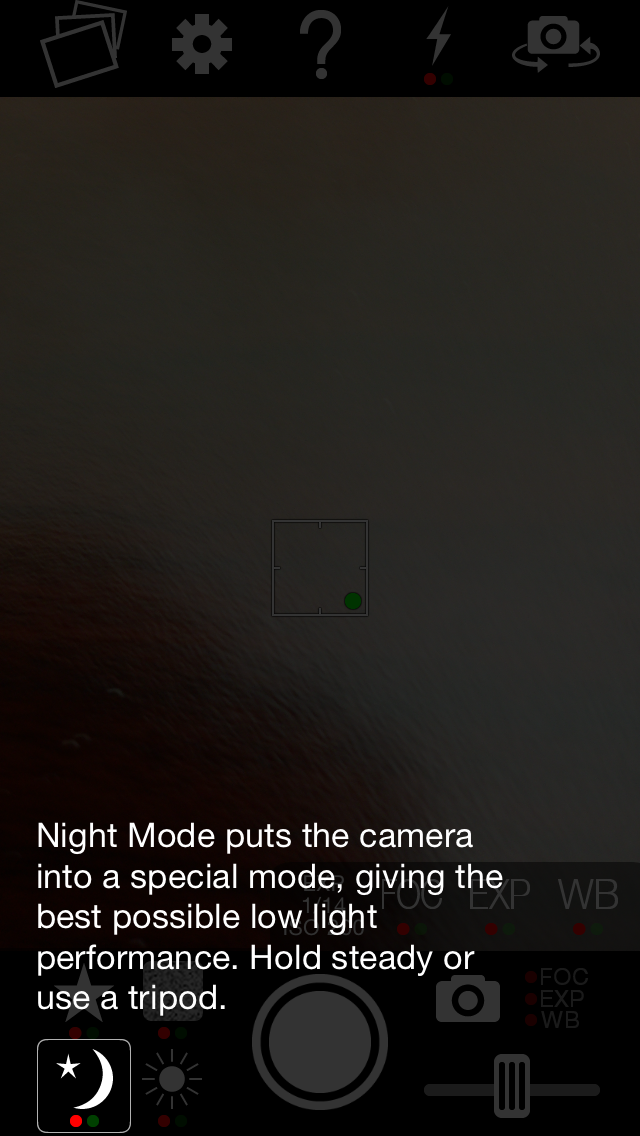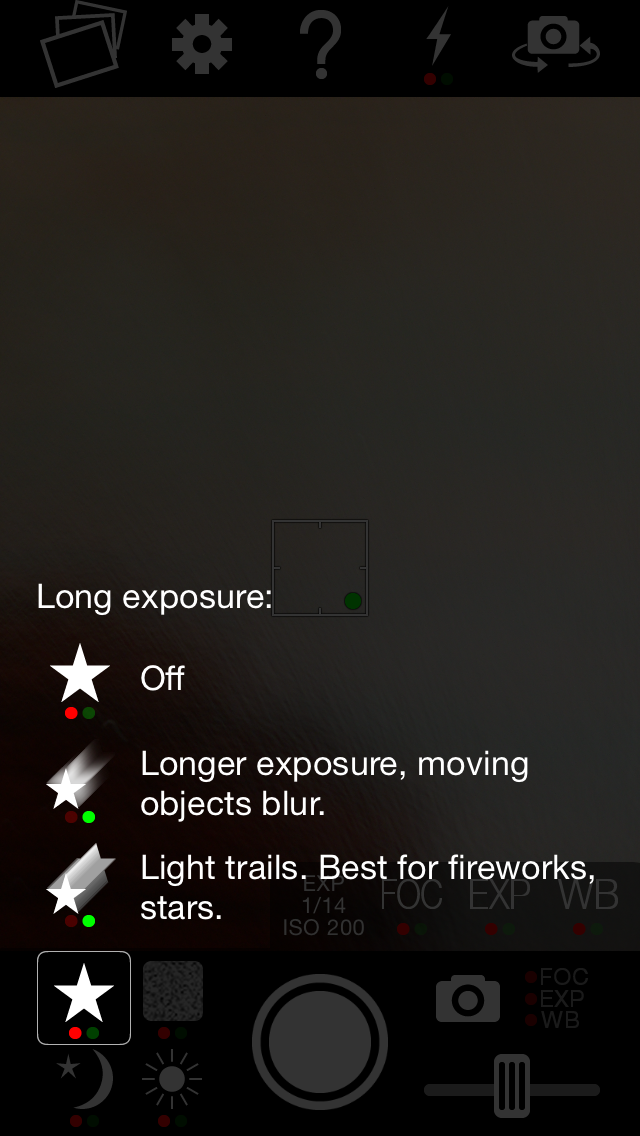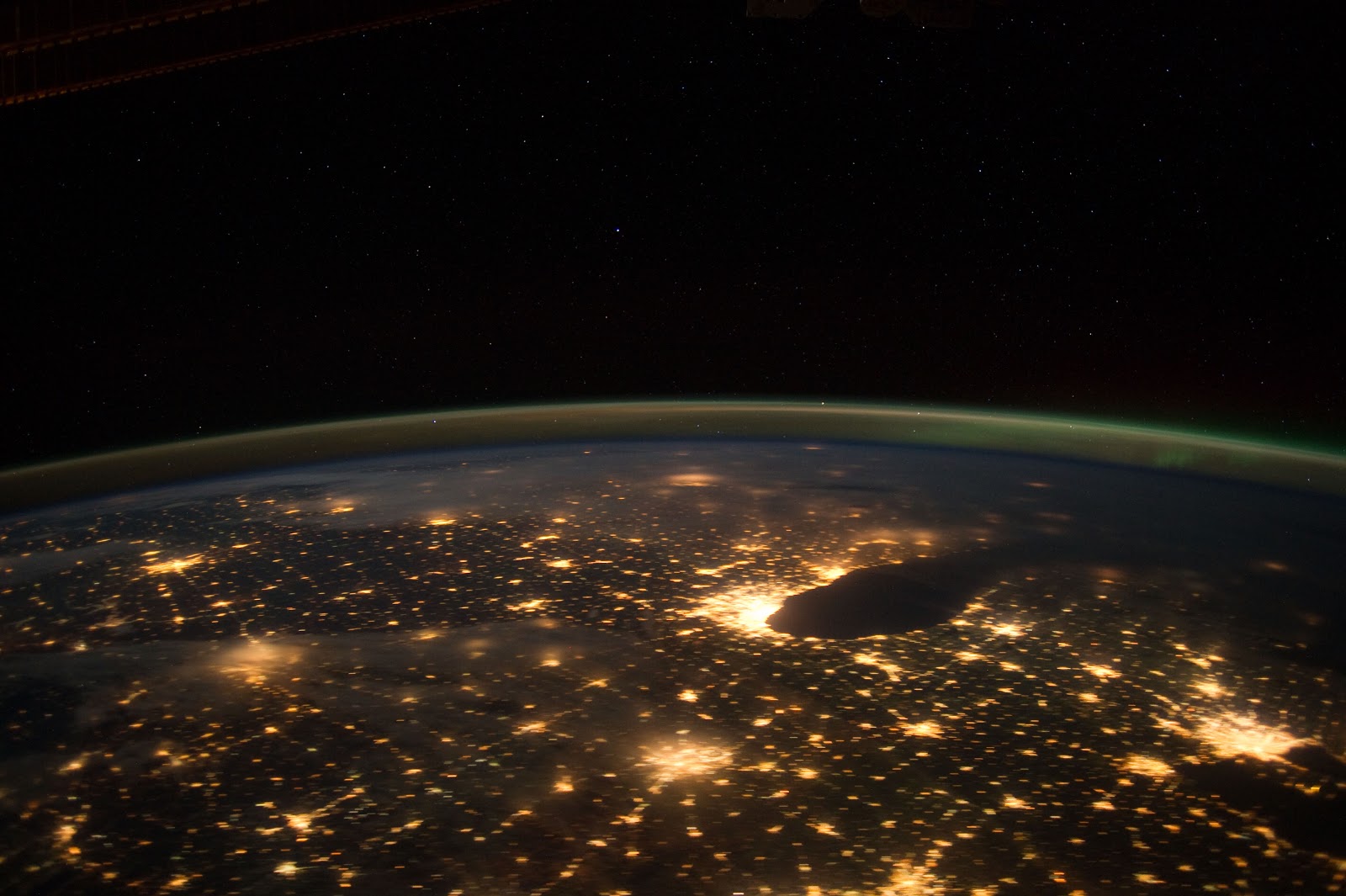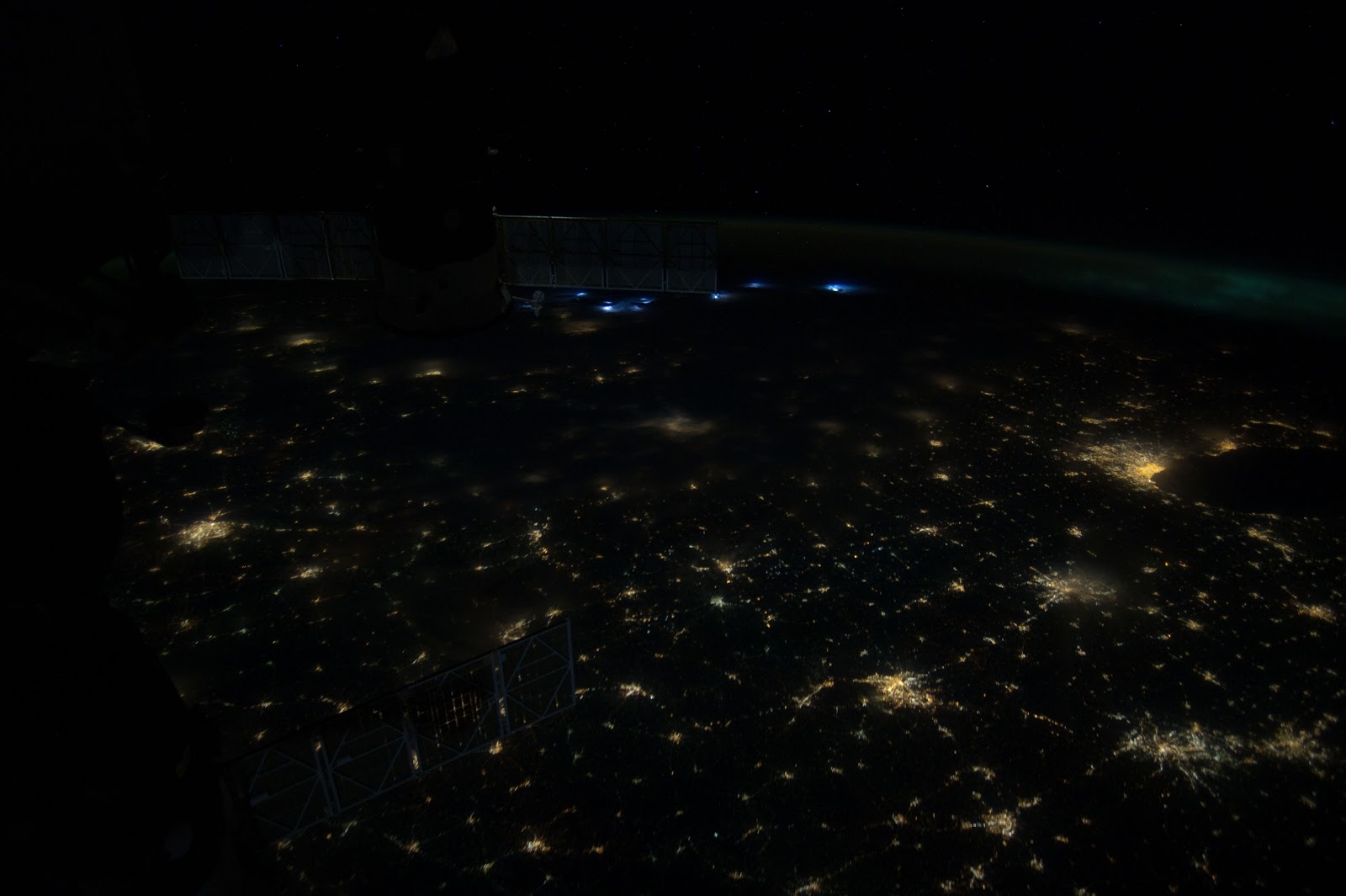The
April observing list includes a lot of Messier Objects I haven't before dared to image with my Canon T5i on a fixed tripod, including galaxies in Leo that I assumed were far too faint to capture. These objects, comprising the Leo Triplet and the M96 Group (or the Leo I Group), include M95, M96, M105, NGC 3384, M65, M66, and NGC 3628.
Quite a hefty lineup! But how would my DSLR on a fixed tripod at 300mm be able to pick up these faint tiny galaxies in the magnitude +10 range? I used ISO 3200 and 6400 in some cases, and stacked a ton of dark and bias frames to try to tease out the fuzzy blobs from the background noise. I stacked the images in Deep Sky Stacker and tweaked them a bit in Photoshop. Here are the results:
First up is the Leo Triplet with M65, M66, NGC 3628. With the help of astrometry.net I found NGC 3593 hiding down near the bottom of the image. This group was easy to find with the help of Chertan (Theta Leonis) as an anchor star. Once I had it in frame, I knew the trio was in frame as well - although I really couldn't see these faint galaxies in my viewfinder. They didn't emerge until I got the frames into my computer.
 |
| 2min 40sec total exposure time, stack of 124 subs, 60 dark, 46 bias at ISO 6400, 300mm, f/5.6, 1.3 sec |
Next up, another trio (or quatro) in Leo, this is the M96 Group comprised of (you guessed it) M96, M95, M105, and NGC 3384. Not pictured, the much fainter NGC 3389 is just to the left of M105. With no great anchor star, this bunch was more difficult to find, but not terrible. I re-used the dark and bias frames from my
Beehive Cluster stack at ISO 3200 on this one.
 |
| 3min 39sec total exposure, stack of 169 subs, 85 darks, 78 bias at ISO 3200, 300mm, f/5.6, 1.3 sec |
Not only do these two triplets complete my April observing list (need 6 items to complete) in one night, but they also add 5 new objects to my Messier Object checklist, bringing my Messier total up to 54 out of 110!










